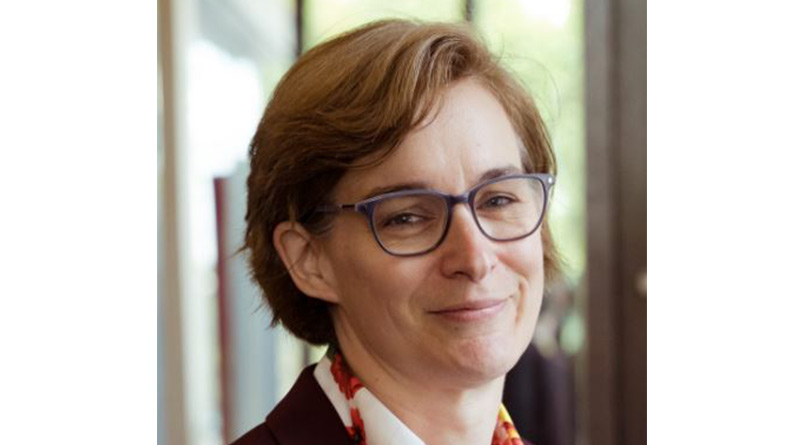Survey Reveals Less Than One In Four Providers Receive COVID Test Results In 48 Hours
A survey conducted by the National Care Forum (NCF) has revealed that just 24% of care providers are receiving COVID test results within 48 hours.
A survey of members conducted in October revealed that “very high levels” of whole home testing compliance (99%) with only 2% of tests returned to retest and 1.2% not returned.
During a press briefing on November 19, led by NCF’s Vic Rayner, with guest speakers Jane Ashcroft CBE from Anchor Hanover, Zoe McCallum from Brendoncare and Phil Orton from Making Space, Ms Rayner said testing was “hugely better” and the sector was “in a different place” to a month ago but the speed of obtaining test results remained an issue.
The survey was completed by care providers operating 1,240 care and support services throughout England, employing 35,124 staff and supporting 28,810 residents/clients. The data looked at the period 1st – 31st October 2020 and used key themes to provide a snapshot of some of the issues affecting care providers, including whole home testing, access and supply of PPE, care home visiting, the care workforce and impact on provider finances. The results of the survey provided a mixed picture, showing some areas of positive achievements and also identified key issues to be resolved.
Whole home testing
The findings showed that there had been very high levels of compliance by NCF respondents who provide residential care homes with COVID-19 whole home testing across services, with 99% of care homes taking part in this programme when eligible. Of the providers responding to the survey there is a low incidence of testing failure with only 2% of tests returned for retest and 1.2% not returned. Importantly, the speed of obtaining test results remains an issue, with only 24% of the providers in the survey receiving test results within 48 hours. However, tainting these positive results is the shocking evidence that only 1.3% of supported living services or extra care housing schemes operated by NCF members responding to the survey are getting access to the single round of testing promised by the government.
The NCF is calling on the government to build on the success of the whole home testing initiative in care homes and to widen the rollout of testing across other care settings, to include supported living and extra care housing. Improvements are still needed to increase the speed of getting back test results to make sure testing remains an essential part of the fight against COVID-19.
Care home visiting
Despite the guidance on visiting in care homes only being issued a few weeks ago, the survey highlights the commitment of not-for-profit care providers in uniting residents of care homes with their relatives and loved ones. NCF respondents reported that 94% of their care home services are actively taking steps to facilitate family and friends visits during the period of the survey by using a variety of different initiatives to make visits possible. On average, our respondents are spending around £4,000 per care home to make visits possible. This is an additional cost that is currently being covered by care providers as the Infection Control Fund is not sufficient to meet the demands currently placed on the fund.
The NCF said that they welcomed the Secretary of State for Health and Social Care’s commitment this week to facilitate family visits in the Christmas countdown. This is an ambitious goal and one that urgently needs a clear, deliverable timetable with sufficient funding to support care providers to make meaningful visits a reality.
Personal Protective Equipment (PPE)
The supply and access to personal protective equipment (PPE) gives a mixed picture. On the one hand 100% of NCF respondents who are eligible to register on the PPE Portal have registered and were predominately using this method to source PPE, however, the survey found that the allocation of PPE through the Portal was only meeting an average of 48% of the providers’ COVID-19 PPE needs and responsibilities. 99.9% of respondents were having to purchase additional PPE themselves in order to meet their requirements. Providers are unable to stockpile to create a buffer in the case of an emergency and the zero rate VAT on PPE was removed at the end of October thereby exacerbating the financial pressures of accessing PPE to providers.
The care workforce
Between the period 1st – 31st October, the average level of vacancies reported by NCF respondents is 10% and the average absence rate is 7%. The data also shows that 9% of their staff currently work in other care or health care settings. The government consultation on regulating to restrict the movement of staff raises a number of concerns. Care workers are already low paid with limited terms and conditions and any measure that sets to penalise care workers fails to understand the seriousness of the issue. Given that the country is experiencing a second wave of COVID -19 and the current vacancy and absence levels reported here and the fact that 9% of staff also work in other care or health settings, proposals to regulate and enforce measures relating to staff movement seem very ill-timed.
Funding – occupancy
95% of respondents thought there would be an impact to their financial performance in the next financial year 2021-2022, with over 80% forecasting a decline in revenue and almost 95% forecasting an increase in costs. Furthermore, care home providers had seen a decrease in occupancy to an average of 85% from an industry average of 89% – 90% in 2019.






